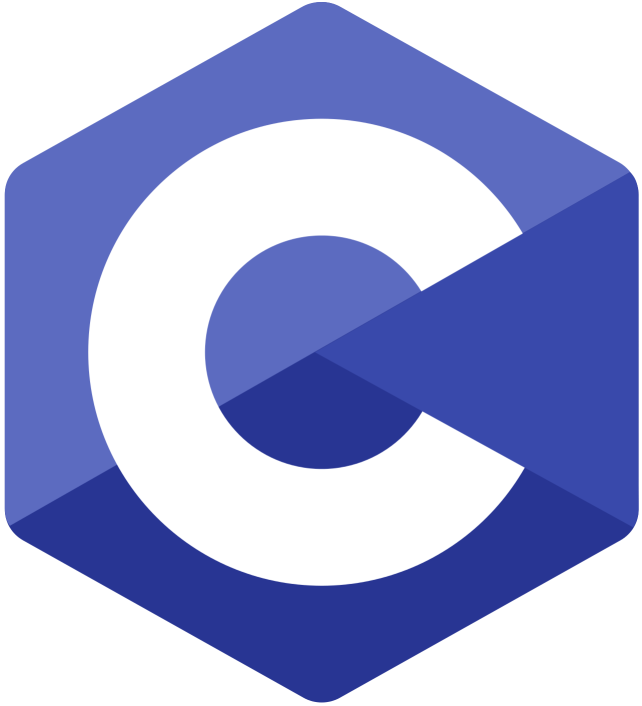
C is a general-purpose programming language that is extraordinarily famous, easy and flexible. It is system-independent, structured programming language that is used substantially in diverse platforms.It is stated that 'C' is a god's programming language. One can say, C is a base for the programming. If you learn 'C,' you could easily learn other programming languages that uses the concept of 'C' as well.
Languages like C++/Java are evolved from 'C'. These languages are widely used in various technologies. Thus, 'C' forms a base for plenty other languages that are currently in use.
'C' is a base language for plenty programming languages. So, getting to know 'C' as the primary language will play an critical role for analyzing other programming languages. It stocks the same standards inclusive of statistics kinds, operators, manipulate statements and plenty of extra. 'C' may be used extensively in various programs. It is a simple language and gives quicker execution. There are many roles available for a 'C' developer inside the cutting-edge marketplace.
'C' is a structured programming language wherein software is split into various modules. Each module can be written one after the other and collectively create a single 'C' program. This structure makes it smooth for testing, maintaining and debugging strategies.
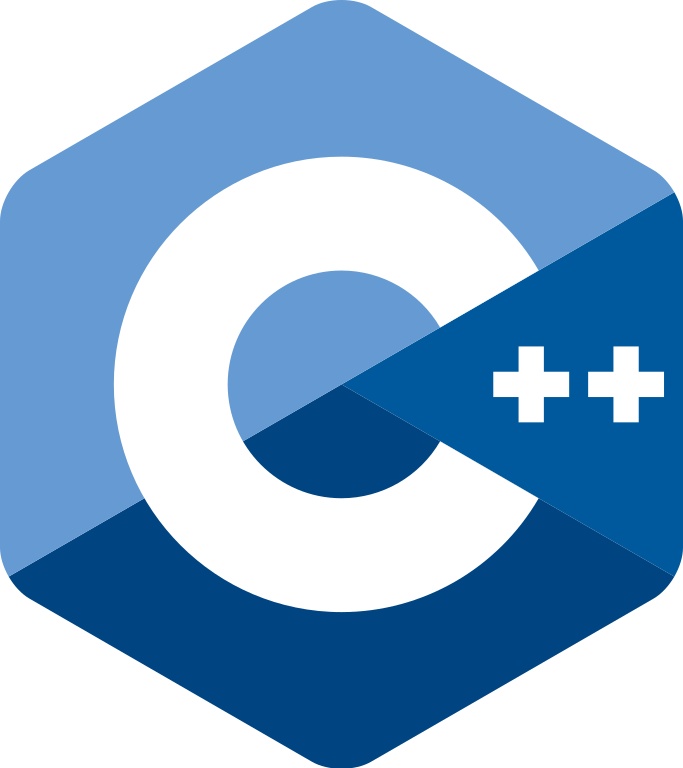
C++ is a well known programming language. It was created by Bjarne Stroustrup at Bell Labs around 1980. C++ is very just like C (invented by Dennis Ritchie in the early Seventies). C++ is so much well matched with C that it can in all likelihood run over 99% of C programs without changing a line of code. Though, C++ is nicely-established and safer language than C because it OOPs based.
Some computer languages are written for a particular cause. Like, Java was devised to govern toasters and some other electronics. C was developed for programming OS. Pascal was conceptualized to teach proper programming techniques. But C++ is a well known purpose language. It nicely deserves the broadly acknowledged nickname "Swiss Pocket Knife of Languages."
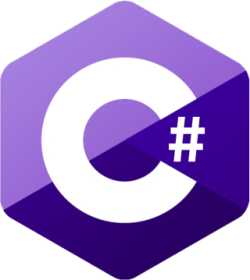
C# (C-Sharp) is a programming language developed by Microsoft that runs on the . NET Framework. C# is used to develop web apps, computing device apps, mobile apps, video games and plenty of other things.
C# (pronounced "See Sharp") is a simple, modern-day, object-oriented, and sort-safe programming language. C# has its roots inside the C own family of languages and is similar to C, C++, Java, and JavaScript programmers.
C# is an object-orientated language, however C# in addition consists of aid for component-oriented programming. C# provides language constructs to support directly these concepts, making C# a very natural language in which to create and use software components.
C# has features that help in the construction of robust and durable applications: Garbage collection automatically reuses memory occupied by unreachable non-executing unused objects; exception handling provides a structured and extensible methods to error detection and recovery; and the type-safe design of the language makes it impossible to read from uninitialized variables, to index arrays beyond their bounds, or to perform unchecked type casts.
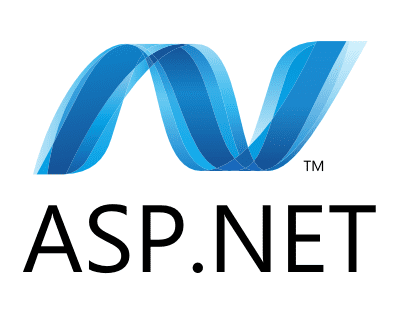
ASP.NET Core is a cross-platform, high-performance, open-source framework for building modern, cloud-based, Internet-connected web applications. With ASP.NET Core, you can:
~Build web apps and services, IoT apps, and mobile back-end softwares.
~Use your favorite development tools on any platform like Windows, macOS, and Linux.
~Deploy to the cloud or on-premises (online and offline).
~Run on .NET Core or .NET Framework.
ASP.NET Core MVC provides features to build web APIs and web apps.
ASP.NET Core is a redesign of ASP.NET 4.x, with architectural changes that result in a leaner, more modular framework. Millions of developers have used (and continue to use) ASP.NET 4.x to create web apps.
ASP.NET Core integrates seamlessly with popular client-side frameworks and libraries, including Blazor, Angular, React, and Bootstrap.

Python is a general-purpose, versatile, flexible and popular programming language. It’s notable as a primary language due to the fact that it is concise and easy to read, and it's also a great language to have in any programmer’s stack as it can be used for everything from net development to software development and scientific applications.
It is ideally designed for speedy prototyping of complicated packages. It has interfaces to many OS system calls and libraries and is extensible to C or C++. Many big agencies use the Python programming language including NASA, Google, YouTube, BitTorrent, and so forth.
Python programming is broadly utilized in Artificial Intelligence, Natural Language Generation, Neural Networks and other advanced fields of Computer Science. Python had deep concentration on code clarity & we will teach you python from basics.

Java is a high-level programming language developed by Sun Microsystems and released in 1995. Java runs on a lot of platforms, which include Windows, Mac OS, and the numerous versions of UNIX. This academic gives a complete expertise of Java. This reference will take you through easy and realistic strategies while gaining knowledge of Java Programming language.
Java is a MUST for college students and operating professionals to come to be a terrific Software Engineer specially whilst they are operating in Software Development Domain. Also Java is the language of preference for Android programming.
As of 2019, 88% market proportion of all smartphones run on Android, the mobile operating system written in Java. Knowing Java opens an awesome deal of doorways for you as a developer.
Java applications are generally compiled to bytecode which can run on Java virtual machine (JVM) irrespective of the underlying computer structure. The syntax of Java is just like C and C++, but it has fewer low-level centers than both of them. As of 2019, Java turned into one of the most popular programming languages in use according to GitHub, mainly for client-server web programs, with a pronounced 9 million developers.
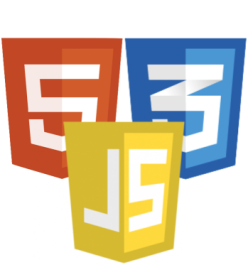
Go from no-code to an in-demand web developer! Start with the front-end by learning HTML, CSS, and JavaScript. Then, master the back-end and APIs to round out your full-stack skills.
There are two broad divisions of web development – front-end development (client-side development) and back-end development (server-side development).
`Front-end development refers to designing what a user sees when they open a web application – the content, design and how you interact with it. This is done with three languages: HTML, CSS and JavaScript.
`Back-end development controls what goes on behind the scenes of a web application. A back-end often uses a database to generate the front-end.
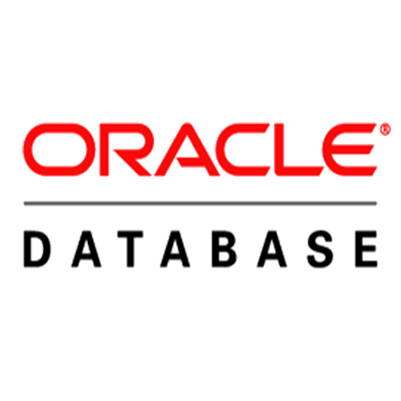
A database is a data structure that holds organized information. Most databases contain many tables, which may each include several different fields. For example, a supermarket database may include tables for products, employees, and financial records. Each of these tables would have different fields that are relevant to the information stored in the table.
Nearly all e-commerce websites uses databases to store product inventory and customer information. These sites use a database management system (DBMS), such as Microsoft Access, oracle, FileMaker Pro, or MySQL as the "back end" to the website. By storing website data in a database, the data can be easily searched, sorted, and updated. This flexibility is important for e-commerce sites and other types of dynamic websites.
Database Management System (DBMS) is a collection of programs which enables its users to access database, manipulate data, reporting / representation of data .
It also helps to control access to the database.
Database Management Systems are not a new concept and as such had been first implemented in 1960s.
With time database technologies improved a lot while usage and expected functionalities and capabilities of databases have been increased immensely as well.
Copyright © | All Rights Reserved | Powered by Athteaa Solutions